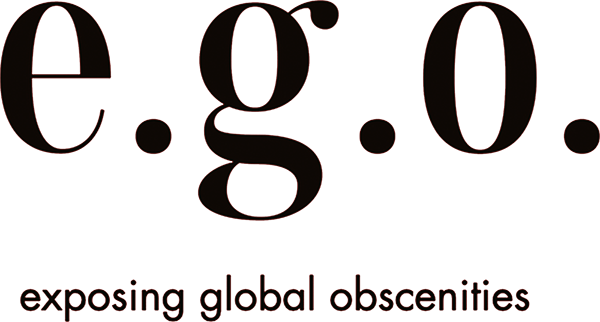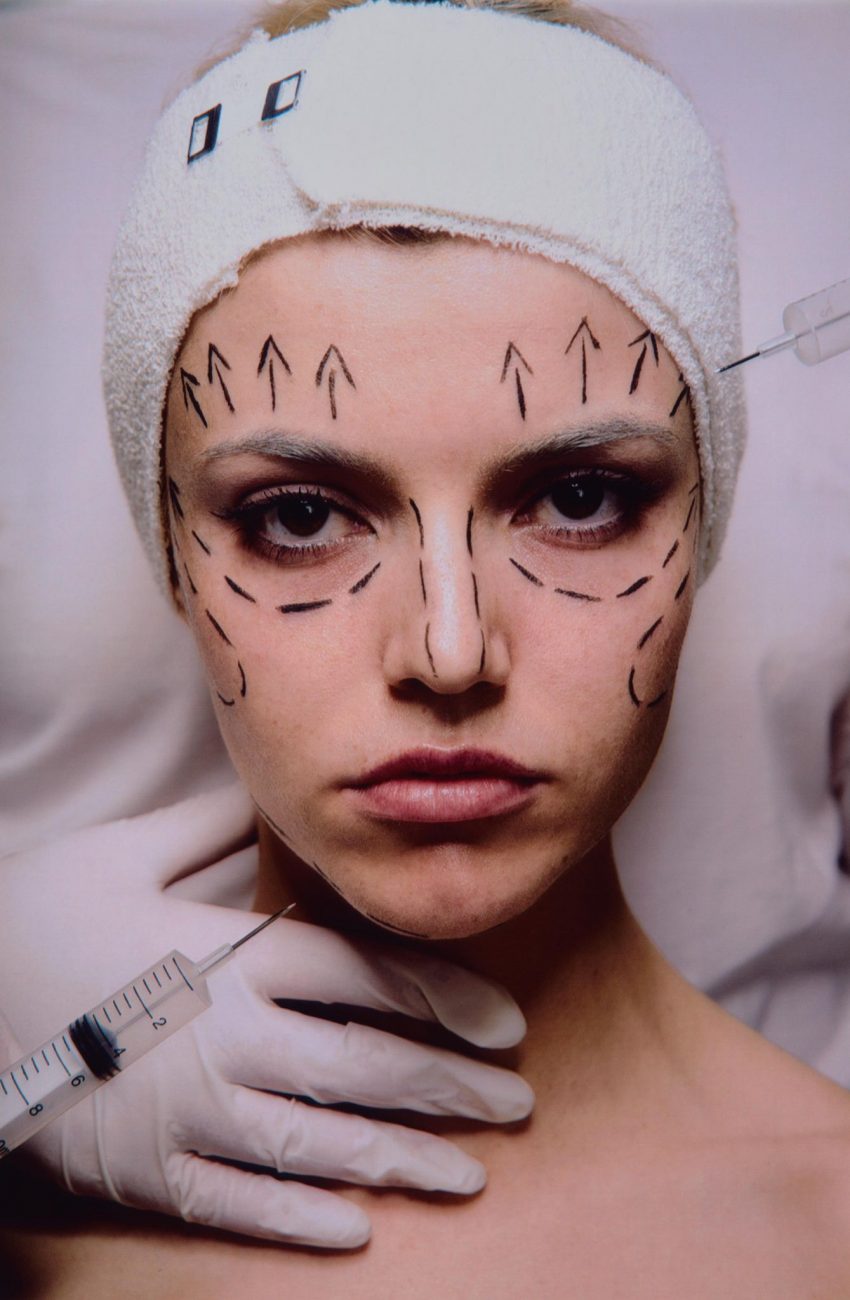
Aesthetic Beauty
Beauty is by large a social construct. Social constructs are carried and manifested through social institutions that impress themselves on populations, transmuting often unspoken beliefs about is and aughts into conventional wisdoms and actionable truths. Whilst some social constructs and the institutions they flow through are relatively benign, the concept of objective beauty is one that can be extremely harmful. As we all know, the forms of humans are varied. Thanks to millennia of evolution, we can come in a variety of shapes and sizes. The aesthetic and objective nature of beauty means that there is often a wholesale translation of aesthetic standards into the way we see ourselves.
This can be extremely damaging to our self-perception and has particularly corrosive effects on people identifying as female and non-binary identities. This wholesale translation of beauty standards means that our aesthetic understanding of our form takes on is often unrealistic and moralized. For women, this manifests through as often impossible, but perceptibly objective standards about weight, height, face shape and many other aesthetic non-truths about what is considered beautiful. For non-binary people, this manifests as marginalization and “othering”, forcing people of these identities to live at the margin of unachievable beauty standards, not even allowed to participate.It is this underlying tension between what is, natural human variation and the state of human aestheticism, and a socially fluid but objectively administered beauty standard that drives some of our most damaging behaviours.
Plastic surgery, including abdominoplastic surgeries, are a largely unnecessary and often dangerous deployment of rigid beauty standards. Beauty exists on the fine line of what is possible.
In the spectrum of human form, there are some that will consider themselves close enough to beauty standards to make it “worth” attempting to plug the gap with appearances altering surgery.
Whilst this may the initial motivation for beauty “enhancing” surgery, this is often a rabbit hole with no amount of surgery being able to satiate the gap between the perceived and the form. The recent spikes in plastic surgery rates shows a society further rend by unachievable beauty standards, even as beauty standards are dissected by post-modern analysis.This inherent contradiction between rising anxiety about modern beauty and the supposed overthrow of the pre-modern beauty standard is nowhere more evident in the Mattel’s Barbie movie. Unachievable beauty actually means something. It may mean that the standard is literally not biologically achievable, as with the traditional beauty standards set by the original Barbie dolls; waists so small they could not contain the various organs of the body, breasts disproportionately large to the head and waist. It may mean that they are practically impossible through being financially (or otherwise) impossible (Kim Kardashian) or arising as a result of a genetically blessed individual (Margot Robbie). It is simply infeasible for an average person working full-time hours to achieve the level of manicured perfection seen by these beauty role-models.Never-the-less, we are increasingly bombarded with images and signs of these beauty standards. Impeccably manicured Instagram influencers, air-brushed magazine figures and models who spend their entire life in a toxic environment where “normal” levels of beauty are a death sentence, drag the beauty standard up every day and drag the increasingly desperate body of the rest behind, themselves victims of an accelerating beauty arms race. This in turn, fed and feeding a social media machine designed to enact a terrible and unwinnable battle to the top. Barbie (the movie), in many ways a revolutionary and subversive piece of feminist literature, is contradictory here. Margot Robbie might be the personification of the beauty standard. Whilst Gerwig likely chose her for the role as an active subversion of Robbie’s previously highly sexualised roles (See: Wolf of Wall Street) and the objectification implied in these roles, doing so causing another subversion. In some ways, the film is highly subversive, announcing an extremely positive deconstructive message about gender roles, subversion through inversion. In the Barbie world, gender roles are switched with Ken’s playing second fiddle to main character Barbie’s. This is absolutely fine, much to the chagrin of right-wing, conservative commentators. Throughout history, subversion through inversion has been an invaluable, line-breaking tool for the marginalized to explore socially oppressive concepts and create new narratives. Robbie as a lead is subversive because of her history as a type-casted, beautiful and ultimately sexualised object of the male gaze. It is also subversive to itself because it shows that Gerwig does not ask the next question of “are beauty standard moral at all?”.
The existence of beauty standards is inherently marginalizing. Whilst we all agree that there is inherent beauty in most, if not all, humans, this is not the message that comes out of Barbie. Even if a subversive choice, Margot Robbie still strictly adheres to the beauty code and therefore, only goes far enough to point out that current beauty standards perpetuate misogyny and patriarchal power structures, without pointing to deeper truths about beauty, class and whether beauty standards should even exist.
I understand if this appears to be an unfair criticism. Gerwig likely understands this point and to get the movie across the Hollywood gauntlet, it was probably necessary to cast Robbie and take this stance on beauty. It is likely too far a stretch to ask Gerwig to absolutely deconstruct the institution of beauty in a piece of content designed for large audiences and commercial success. My counter would be that there is clearly an appetitive, especially for a young non-binary and female identifying audience, for beauty subversive messages. Most people aren’t Margot Robbie and a message decrying the existence of beauty standards would likely resonate with many people.This might serve as a test the waters moment, but one would have to ask that in the future, we might ask questions about the moral validity that ANY beauty standard has and those it inevitably marginalises.
REFERENCES
LEARN MORE ABOUT THE SOCIAL CAUSE
interview- Plastic Surgery and Beauty Standards: An interview by e.g.o.magazine

